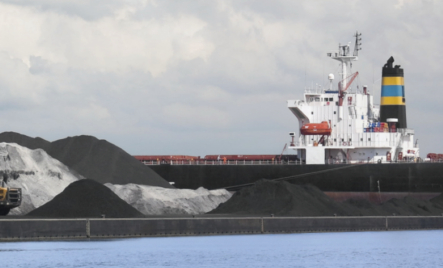
The UK P&I Club and the TT Club have published advice following an incident involving a consignment of aluminium pellets (or dross) that was found at the port of loading with the doors and sides of the container blown out. The terminal arranged to test the samples, as there was no evidence that the unit had been dropped during handling.
The test results indicated that aluminium dross is highly susceptible to a reaction with chlorides when moisture is present. The commodity produces gases when exposed to moisture and the build-up of gasses was considered the most likely cause of the container exploding.
The container was damaged beyond repair and it is understood that some lines and ports are refusing this cargo commodity.
According to the UK Club, at the time the material is tested, before filling the container and subsequent shipping, the moisture level is such that the reaction with the commodity does not generate Continue reading “Beware the dangers of aluminium dross”










